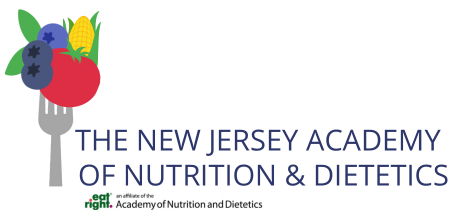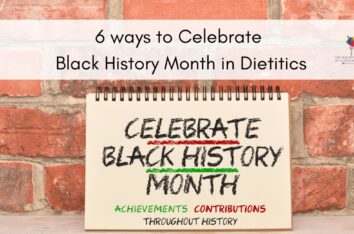By Dina L. Aronson, MS, RDN

As dietitians, we love making healthy food fun, and making celebratory foods just a little healthier. In celebration of Valentine’s Day, here are fun chocolate facts and recipe ideas!
How did chocolate become the go-to treat for Valentine’s Day, anyway?
Well, some say that it’s because of its aphrodisiac qualities, and others say that chocolate is a lovers’ gift, dating back to the Aztec and Mayan era. A more capitalistic (perhaps realistic, given the commercialization of US holidays) interpretation involves Richard Cadbury’s brilliant idea to market his chocolate as a gift for the holiday back in the 1860’s, packaging them in heart-shaped boxes with images of cupids and roses.
Whatever the reason, we can all agree that chocolate tastes delicious. Its sweetness and rich mouthfeel stimulate the release of dopamine and serotonin in the brain, leading to feelings of happiness and relaxation, and can even inspire feelings of romance and affection. When February 14th rolls around, bring it on!
Where does chocolate come from?
History buffs can read all the fun details here. Chocolate originates with the cacao bean, found in pods of the cacao tree. Each pod contains about 40 beans. They are fermented, dried, and roasted. Their shells are removed, leaving cacao nibs, which are then ground to make cocoa mass, or “chocolate liquor” (not alcohol). The mass can then be pressed and separated into cocoa butter (which is essentially the fat, with no trace of chocolate flavor) and cocoa powder. To make the chocolate we know and love today, the cocoa mass is mixed with sugar, milk powder (for milk chocolate) and flavorings like vanilla, then tempered to yield a smooth, creamy end product. Love learning about this stuff? Here are more details about the process.
Where does the healthy part come in?
Cacao nibs are the purest edible product from the chocolate production process. Cacao happens to be a top source of dietary flavonoids, making it a great excuse to indulge in its chocolatey goodness. In fact, it has up to four times the quantity of antioxidants found in green tea! Cacao nibs can promote cardiovascular health by dilating blood vessels, reducing blood clotting, improving circulation, and helping to regulate heartbeat and blood pressure. Cacao also contains oleic acid, a heart-healthy monounsaturated fat, which can help optimize cholesterol levels. Cacao is rich in a number of essential minerals, including magnesium, sulfur, calcium, iron, zinc, copper, potassium and manganese. The nibs can be added to baked goods, eaten on their own (if you enjoy the bitter flavor) or added to a smoothie with frozen banana, baby spinach, and peanut butter.



